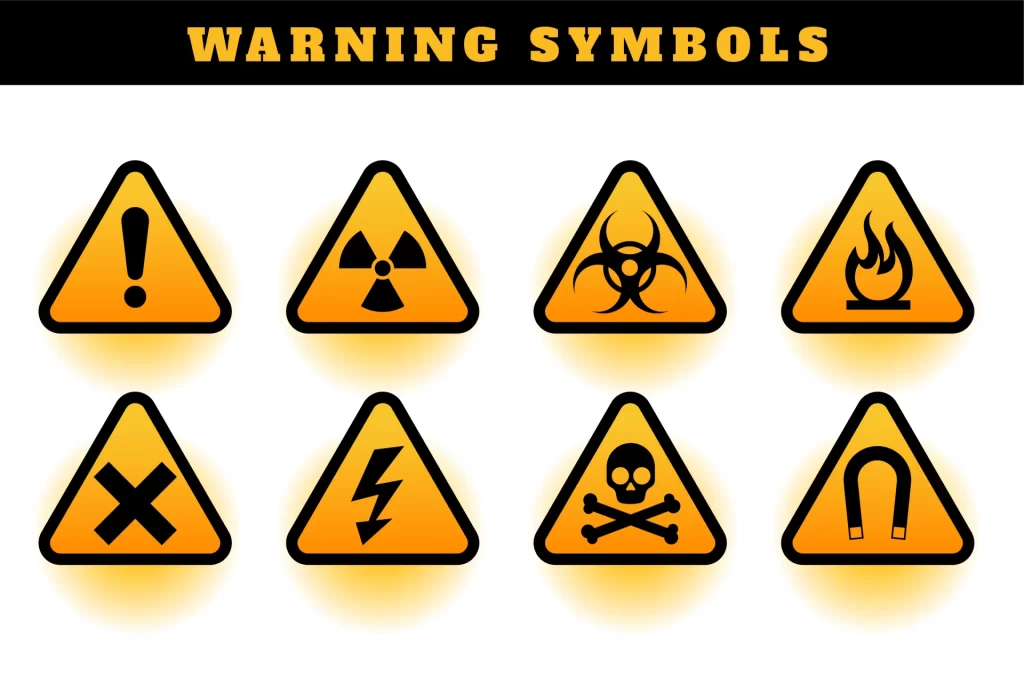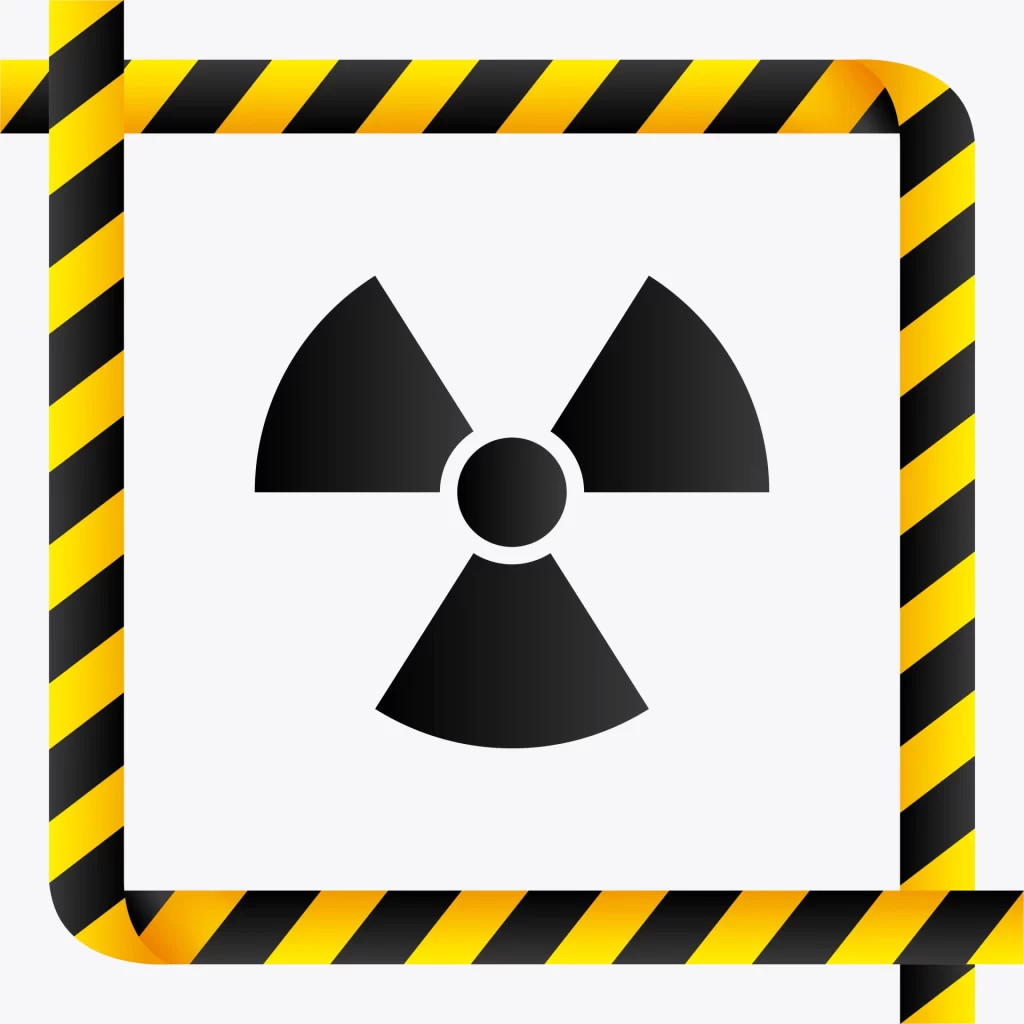
Electromagnetic fields (EMFs) are everywhere in modern life. From household appliances to cell phones and power lines, we are constantly exposed to varying levels of electromagnetic radiation. While EMFs are a natural part of the environment, human-made sources have significantly increased exposure levels. This raises important questions: Are EMFs dangerous? What are the acceptable EMF danger levels? How can we minimize our risks?
Understanding EMF danger levels is crucial for making informed decisions about exposure and health. This guide explores the different types of EMFs, their potential risks, safety guidelines, and practical steps to reduce exposure.
What Are EMFs?
Electromagnetic fields are invisible areas of energy associated with the use of electrical power and various forms of natural and artificial radiation. They are classified into two main categories:
- Ionizing Radiation: This includes X-rays, gamma rays, and ultraviolet (UV) rays. It has enough energy to remove tightly bound electrons from atoms, potentially causing cell damage and increasing cancer risks.
- Non-Ionizing Radiation: This includes radiofrequency (RF) waves, microwaves, and low-frequency electromagnetic fields. These are emitted by household devices, cell phones, Wi-Fi routers, and power lines. Although they lack the energy to ionize atoms, there is ongoing debate about their long-term health effects.
Common Sources of EMF Exposure
Modern society relies heavily on electronic devices, leading to widespread EMF exposure. Some of the most common sources include:
- Power Lines and Electrical Wiring: High-voltage power lines and household wiring create low-frequency EMFs.
- Household Appliances: Refrigerators, microwave ovens, hairdryers, and electric stoves emit EMFs during operation.
- Wireless Devices: Smartphones, Wi-Fi routers, Bluetooth gadgets, and smart meters emit radiofrequency EMFs.
- Medical Equipment: MRI machines, X-ray machines, and radiation therapy devices emit high-energy EMFs.
- Industrial and Transportation Systems: Electric vehicles, subway systems, and airport security scanners also contribute to EMF exposure.
Understanding EMF Danger Levels
Determining safe EMF exposure levels is complex. Regulatory bodies such as the World Health Organization (WHO), the Federal Communications Commission (FCC), and the International Commission on Non-Ionizing Radiation Protection (ICNIRP) have established exposure limits based on scientific research.
1. EMF Exposure Guidelines
The ICNIRP sets the following guidelines for exposure:
- Low-Frequency Fields (0-300 Hz): Limits are set to prevent nerve stimulation and electrical shocks.
- Radiofrequency Fields (100 kHz – 300 GHz): Guidelines focus on preventing tissue heating effects.
- Microwave Radiation (300 MHz – 300 GHz): Exposure limits are based on preventing excessive heating in human tissue.
2. Safe EMF Exposure Levels
For the General Public:
- Power frequency (50/60 Hz): Below 1,000 microteslas (µT)
- Radiofrequency: Specific Absorption Rate (SAR) should not exceed 1.6 W/kg (in the U.S.) or 2 W/kg (in Europe).
For Occupational Exposure:
- Power frequency: Below 5,000 µT
- Radiofrequency: SAR should not exceed 5 W/kg
While these levels are considered safe by regulatory agencies, some studies suggest that long-term exposure to even low levels may contribute to health issues.

Health Risks of EMF Exposure
While scientists continue to study EMF exposure, several potential health risks have been identified:
1. Cancer and Tumor Risks
The WHO’s International Agency for Research on Cancer (IARC) classified radiofrequency EMFs as “possibly carcinogenic to humans” (Group 2B) due to potential links to brain tumors. Some studies indicate prolonged cell phone use may increase the risk of gliomas and acoustic neuromas.
2. Neurological and Cognitive Effects
- Some research suggests that EMFs may impact brain function, leading to memory problems, reduced attention span, and sleep disturbances.
- Children and pregnant women are believed to be more vulnerable due to developing brain structures.
3. Electromagnetic Hypersensitivity (EHS)
Some individuals report symptoms such as headaches, dizziness, nausea, and fatigue when exposed to EMFs. While not officially recognized as a medical condition, EHS is a growing concern.
4. Cardiovascular Effects
High levels of EMF exposure may lead to increased heart rate, blood pressure fluctuations, and potential interference with pacemakers and implanted medical devices.
Ways to Reduce EMF Exposure
While it is nearly impossible to avoid EMFs completely, there are several ways to minimize exposure and lower health risks.
1. Reduce Wireless Device Use
- Use speakerphone or wired headsets when making calls.
- Limit phone usage, especially for children.
- Keep smartphones away from your body when not in use.
2. Optimize Home Environment
- Place Wi-Fi routers away from bedrooms and living areas.
- Turn off wireless devices when not needed.
- Use wired internet connections instead of Wi-Fi.
- Reduce smart home device usage.
3. Maintain Distance from EMF Sources
- Avoid standing near microwave ovens when in use.
- Do not sleep next to electrical outlets or large appliances.
- Keep power strips and surge protectors away from sleeping areas.
4. Use EMF Shielding Products
- EMF-blocking phone cases and laptop shields can help reduce exposure.
- Special fabrics and paint can shield against EMFs from nearby power lines.
- Consider EMF protection curtains for windows.
5. Practice Grounding (Earthing)
Walking barefoot on natural surfaces like grass, sand, or soil may help neutralize excess electrical charge in the body.
Debunking EMF Myths
With rising concerns about EMFs, many myths and misconceptions have emerged. Let’s clarify some common misunderstandings:
- Myth 1: All EMFs Are Harmful – Not all EMFs pose a health risk. The intensity, frequency, and duration of exposure determine the potential effects.
- Myth 2: 5G Networks Are Extremely Dangerous – While 5G technology operates at higher frequencies, it adheres to international safety guidelines.
- Myth 3: EMF Protection Devices Can Block All Radiation – Some EMF shielding products work, but many are marketed without scientific validation.
- Myth 4: EMF Exposure Instantly Causes Cancer – There is no definitive evidence proving that EMF exposure immediately leads to cancer.

Conclusion
EMF danger levels are a growing concern in today’s technology-driven world. While current scientific evidence does not confirm severe health risks at everyday exposure levels, precautionary measures can help reduce potential dangers.
Understanding EMFs, following recommended exposure guidelines, and taking simple protective measures can go a long way in ensuring safety. As research continues, staying informed and adopting responsible usage habits will help minimize potential health risks associated with EMF exposure.
Frequently Asked Questions:-
1. What are the common sources of EMF exposure in daily life?
- Common sources of EMF exposure include household appliances (microwaves, refrigerators, hairdryers), wireless devices (smartphones, Wi-Fi routers, Bluetooth gadgets), power lines, electrical wiring, and medical equipment like MRI machines and X-ray scanners.
2. Are EMFs harmful to human health?
- While regulatory bodies consider low-level EMF exposure safe, some studies suggest potential health risks, including cancer, neurological effects, and electromagnetic hypersensitivity (EHS).
3. How can I reduce my EMF exposure at home?
- You can minimize EMF exposure by using wired internet instead of Wi-Fi, keeping wireless devices away from the body, turning off electronic devices when not in use, and maintaining distance from high-EMF sources like power strips and microwaves.
4. What are the recommended safe EMF exposure levels?
- For the general public, power frequency EMFs should be below 1,000 microteslas (µT), and radiofrequency exposure should not exceed a Specific Absorption Rate (SAR) of 1.6 W/kg (U.S.) or 2 W/kg (Europe). Occupational exposure limits are higher.
5. Do EMF shielding products work?
- Some EMF shielding products such as specialized phone cases, fabrics, and paints, can help reduce exposure. However, not all marketed products are scientifically validated, so it is essential to research before purchasing.

